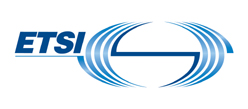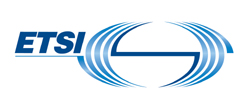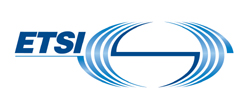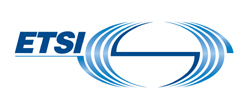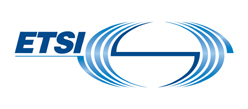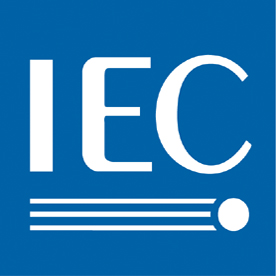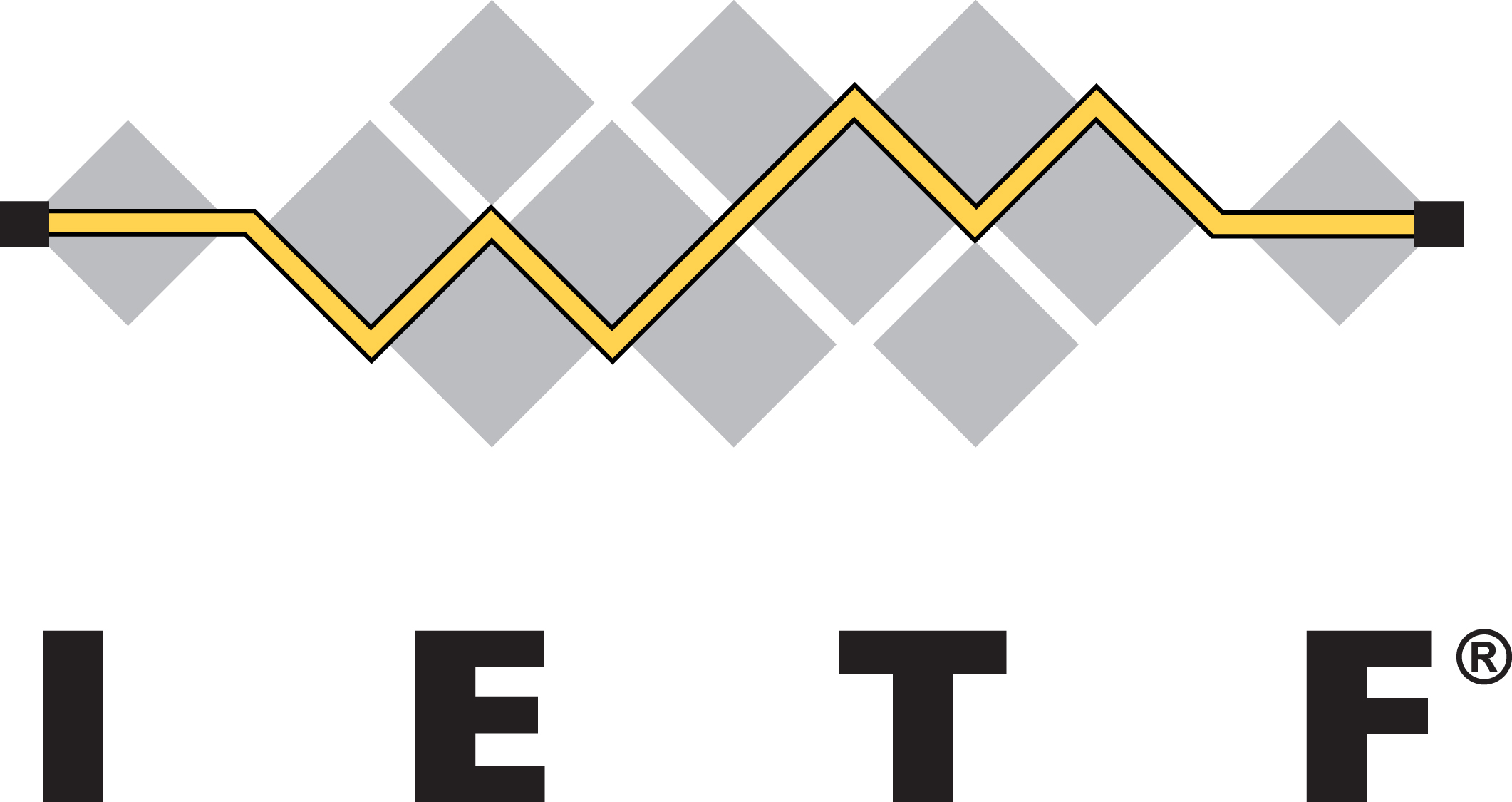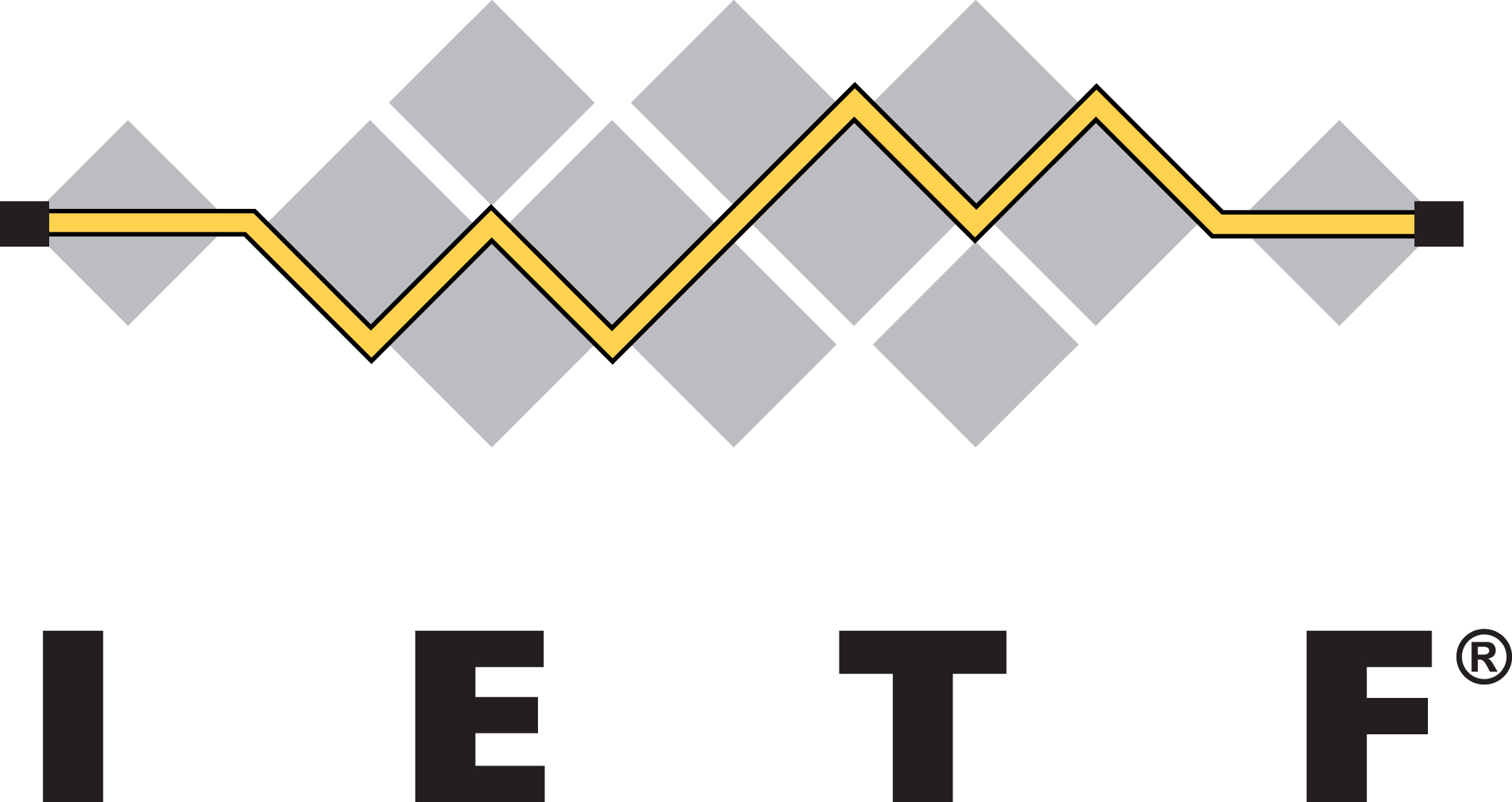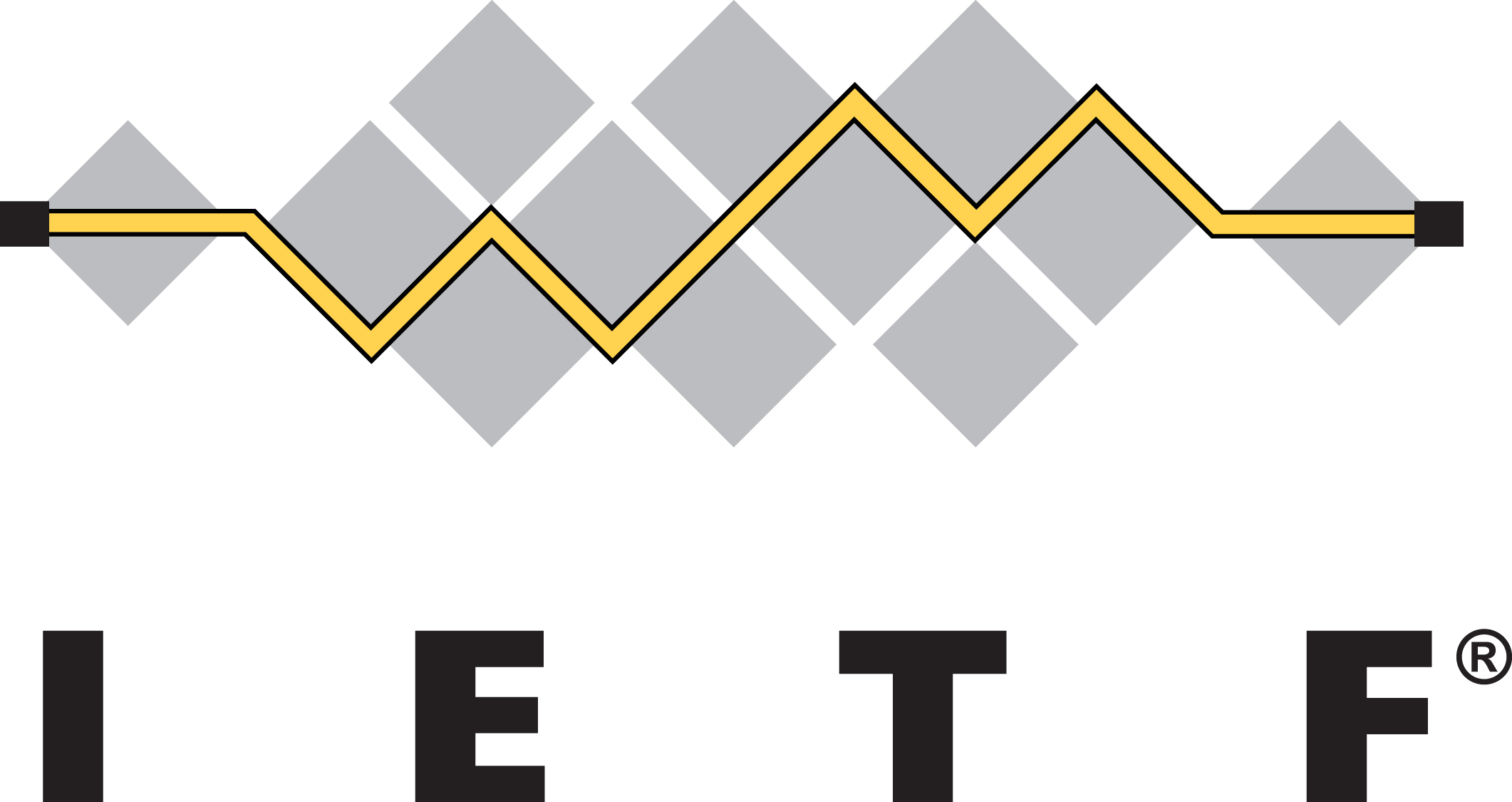Testing - Conformance test specifications for core elements for network independent access to emergency services (NG112); Part 1: Protocol Implementation Conformance Statement (PICS), Test Suite Structure and Test Purposes (TSS & TP)
The purpose of a PICS is to identify those standardized functions which an IUT shall support, those which are optional and those which are conditional on the presence of other functions. It helps to identify which functions an IUT will support when performing conformance testing. It is possible that with different choices in an ICS proforma, several different sets of TPs will be necessary. In the following clauses assessments are made on whether requirements, features, components and other capabilities are required according to a referenced standard and in order to achieve compliance.
